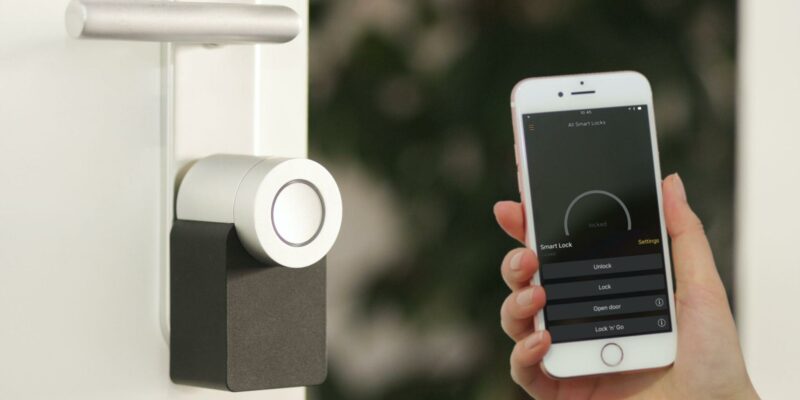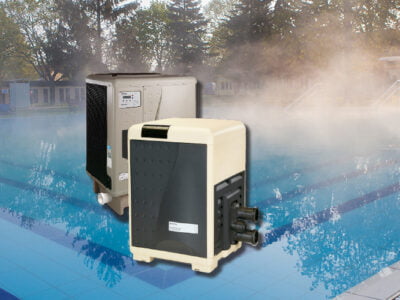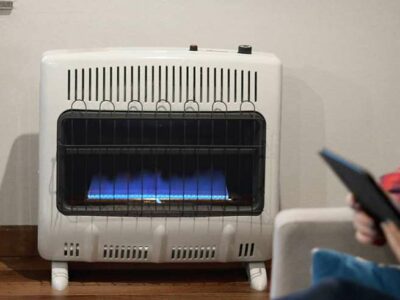The idea of setting up a smart home is increasingly popular. With the rise of voice assistants, automated devices, and other connected gadgets, it’s easy to see why.
However, there are several challenges that come with creating a truly “smart” home. From ensuring all your devices work together harmoniously to understanding how best to control them and make sure they function correctly, these 6 challenges can stand in the way of building your own smart home.
1. Budgeting:
While cost savings on energy bills may be seen in some cases, it’s important to budget for the upfront costs associated with smart homes accurately.
This cost can come from purchasing components as well as any necessary installation or configuration services. For instance, WiFi extenders for Mac if you use the device as a hub and want to improve the connection range. Or for more advanced appliances with the latest features.
If you are considering a DIY approach, be sure to factor in the time required for researching each device and ensuring compatibility with your existing systems.
2. Data Security:
As more devices become connected to the internet, data security becomes an increasingly crucial issue in the smart home environment.
Securing individual devices is certainly important, but it’s also essential that all connected devices are properly configured and regularly patched against potential threats.
You’ll need to research which services provide robust cyber-security protection for your system and consider investing in additional protection measures such as firewalls and virtual private networks (VPNs).
3. Compatible Technology:
When selecting both hardware components and software services for your smart home setup, it’s essential that these products are compatible with each other; if not, they won’t work together properly, which could result in costly delays or incompatibilities further down the line.
Therefore, prior to purchase, check if new products will function correctly within your existing setup or require any additional plugins, etc., before making a final decision on whether they fit your budget and meet all requirements of your system.
4. Interoperability:
Interoperability is key when building out a comprehensive smart home system; multiple brands need to work together so that all parts of the system “talk” to each other without issue.
For instance, if you want voice control over different lights around your house, then these lights must be compatible with each other – otherwise, one might respond slower than its counterpart or be completely unresponsive altogether.
It pays off here to do plenty of research into which products from what brands will best fit together seamlessly within one unified networked system before beginning the installation process itself.
5. Installation Complexity:
For many homeowners who choose not to go down the DIY route, installation complexity is one of their biggest worries when setting up a smart home system; this is especially true where multiple devices from different manufacturers have been purchased separately beforehand rather than those supplied by a single provider as part of an integrated package solution.
Fortunately, however, experienced installers should be able to configure complex systems relatively quickly using automated processes such as Z-Wave technology, which allows them to connect different devices without requiring access points like wires, etc., thus reducing installation times considerably compared with traditional methods, which involved running lots of cables throughout buildings manually.
6. Troubleshooting:
Another key challenge faced by many people setting up smart homes is troubleshooting issues once they arise – this can range from something simple like fixing connection problems right through more complex tasks, such as programming certain sensors so that they respond correctly when triggered (eg, motion detectors). Whilst there is no single answer here – depending upon experience level, technical ability, and so on.










Comments